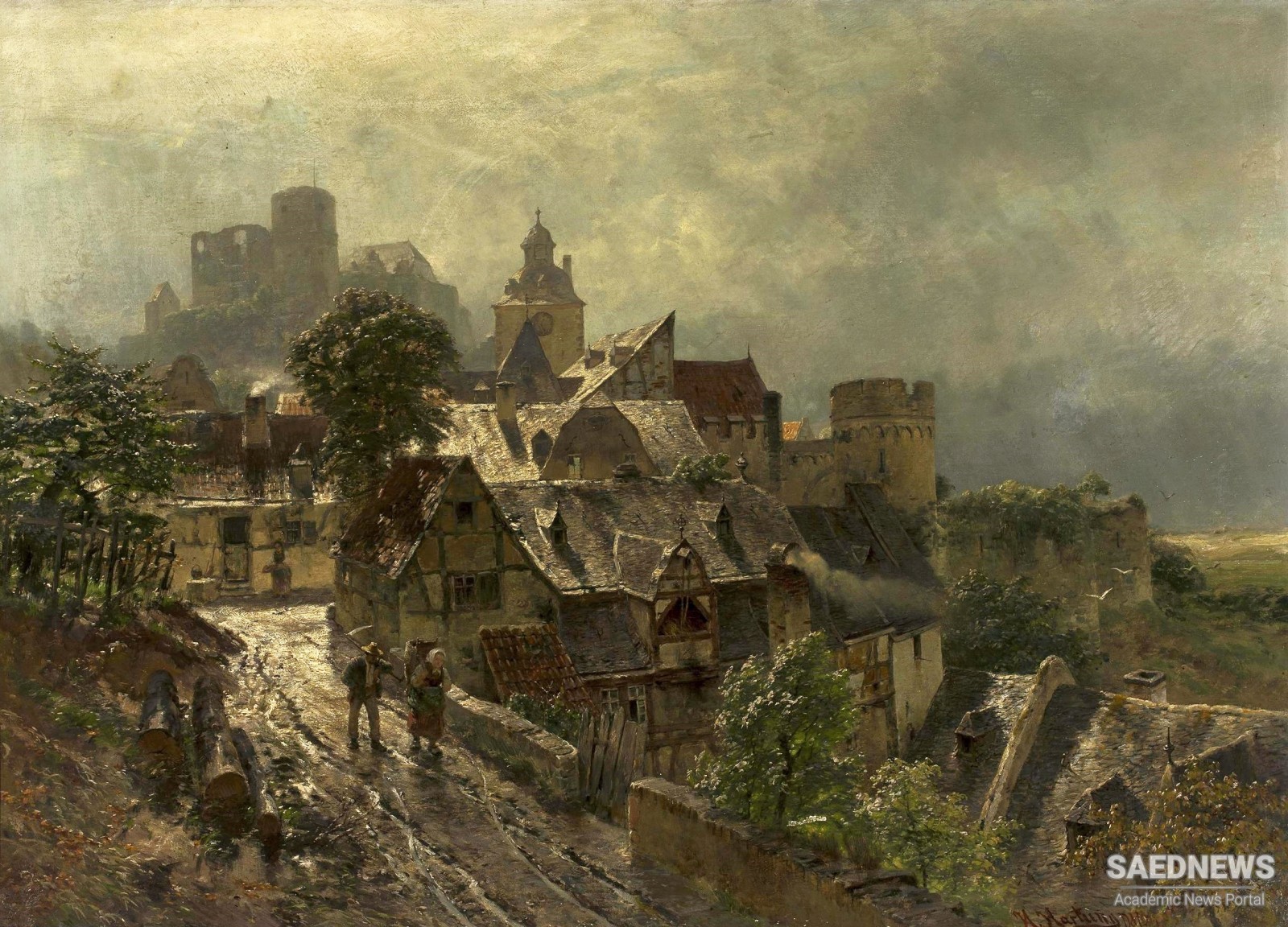While in the 16th century the leadership in contrapuntal music passed from the Low Countries to Italy and Germany.lyet the land of its origin not only provided teachers for all the rest of Europe, but preserved her own interest as well In some cases, late in the century, the study of Italian models is evident, but on the whole the Netherlands continued to be a fairly independent musical region. The chief centre of activity was Antwerp. The commercial instinct of the nation showed itself in decided success with music-printing and organ-building throughout the century.
From the accession of Philip II. of Spain in 1556 the political and social' condition of the country became very unfavorable for artistic advance, since for almost half a century the energy of the people went into struggles for freedom from Spanish tyranny, In 1579 the Utrecht Union of seven of the northern provinces was the beginning of the later Republic, but this led the Catholic provinces in the south to ally themselves either with Panna or with Spain itself.
After the death of ]acotin in 1528 (see sec. 47), the traditions of Antwerp Cathedral were sustained by a few leaders, such as : - Antoine Barbe (d. 1564), who was master of the choir-school from 1527 and later choirmaster. His extant works are very slight (1540-51). His two sons were in the choir, and a daughter married Severin Cornet (d. 1582), who, after service at Mechlin, was from 1577 one of the choir-trainers at Antwerp.
Gerard de Turnhout (d. 1580), born about 1520, entered the choir as a singer in 1545 and succeeded Barbe in 1563, but in 1592 was called to Madrid, where he died (few 'Yorks, from 1568). During his service at Antwerp the cathedral was plundered by a fanatic mob, the organ destroyed, and the choir library scattered or burnt. Turnhout was active in restoring both. H"is son, Jean de Turnhout (d. after 1618), was choirmaster to the Duke of Panna at Brussels from about 1586.
Benedict Ducis (d. c. 1550?), probably born about 1480 at Bruges and a pupil of Des Pres, was about 1510 head of the Musicians' Guild at Antwerp and for a time organist at the cathedral, later, perhaps, migrating to England. His many rnotets and chansons (from 1532) are unfortunately much confused with those of Benedictus Appenzeller, choir-trainer at Brussels in 1539-55.
Thomas Crecquillon (d. 1557) from 1544 was choirmaster to Charles V., probably at Brussels, besides holding church offices elsewhere. He is ranked among the strong composers between Des Pres and Lassus (many works, from 1542). Hubert Waelrant (d. 1595), born about 1517, entered the University of Louvain in 1529, perhaps studied under Willaert at Venice and in 1547 established a music-school at Antwerp, engaging also in music-publishing, He advocated solmization with the syllables bo, ce, di, ga, 10, »za, 11i (known as the voces be~g-ce or 'bocedization '), from which modern usage probably derived its do and si. His style was melodious and clear (works from 1554).
Andre Pevernage (d. 1591), born at Courtrai in 1543, where he was first choirboy and then choirmaster, about 1577 became choirmaster at Antwerp, where his decided gifts as composer were displayed (works from 1574). Cornelis Verdonck (d. 1625), born in 1564, was a choirboy in the Royal Chapel at Madrid from 1572, continuing till 1598, when he returned to Antwerp in the service of wealthy patrons. His facility gave him repute for a time (works, mostly secular, from 1584).


 Development of New Musical Structures in Qajar Persia
Development of New Musical Structures in Qajar Persia














































